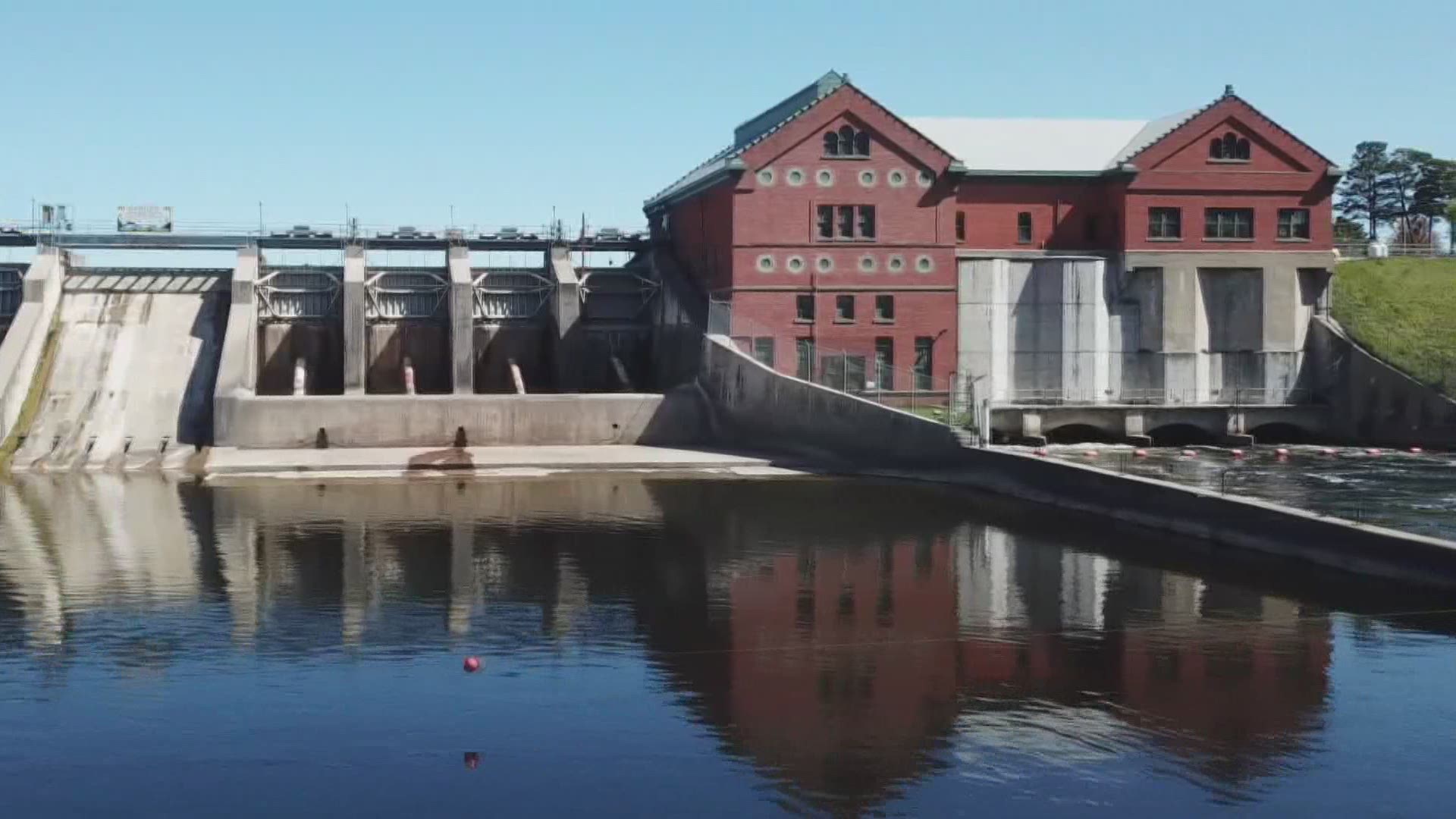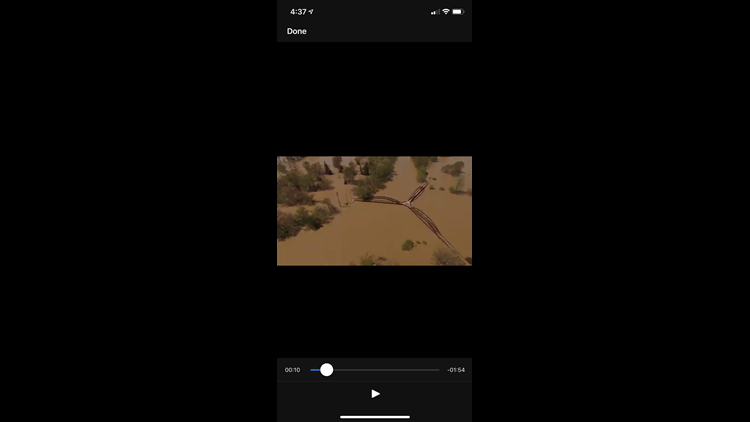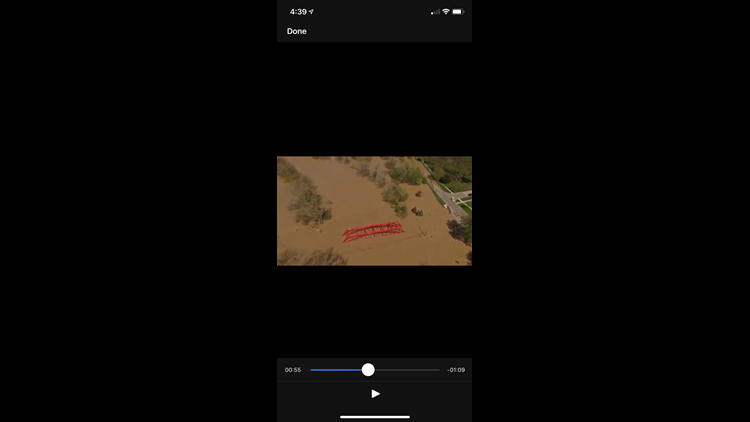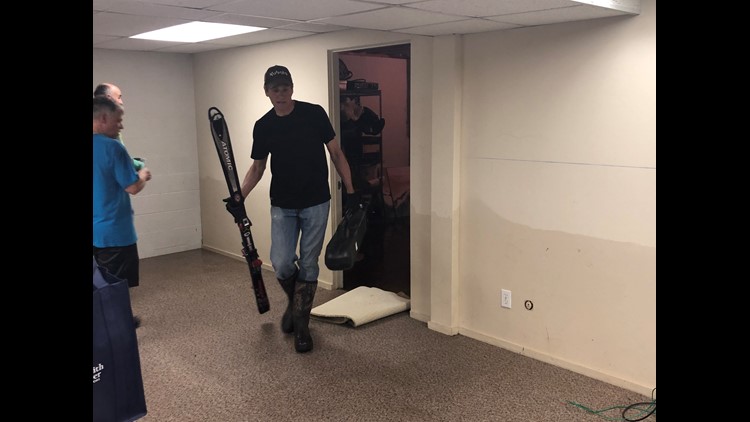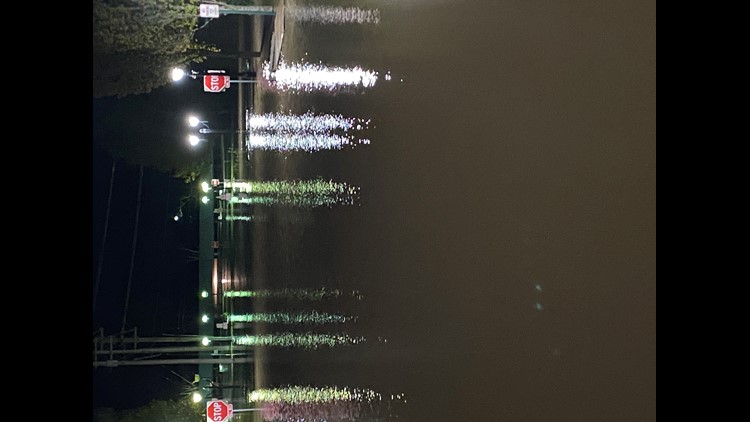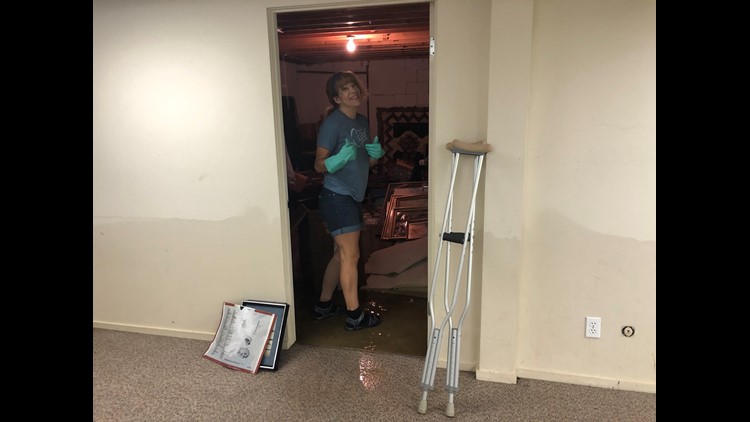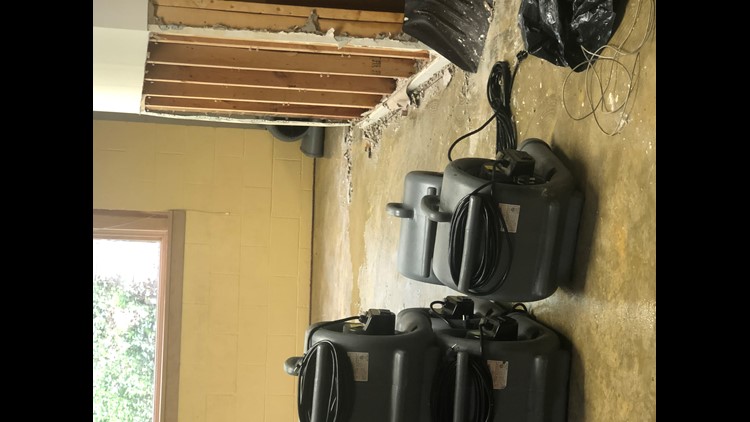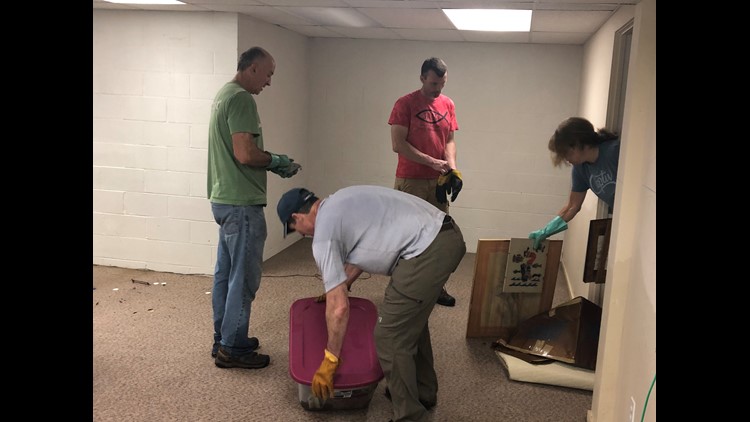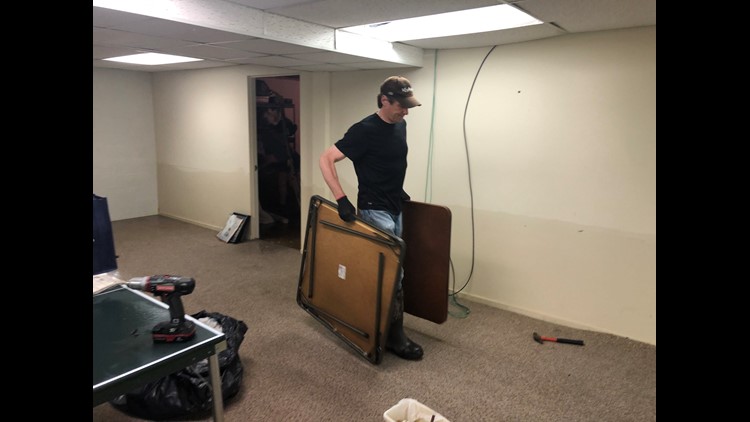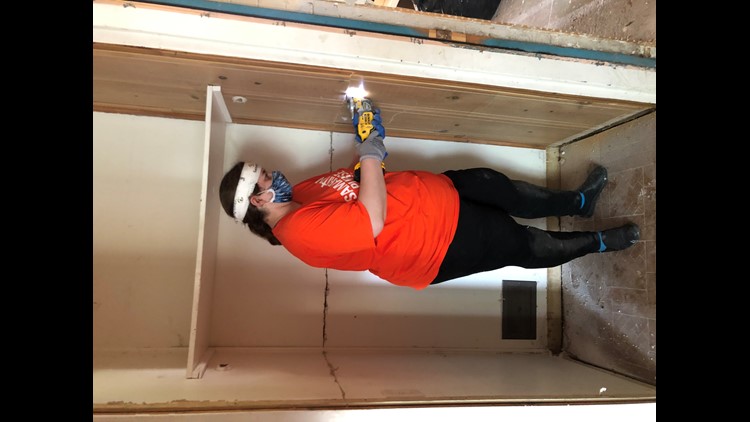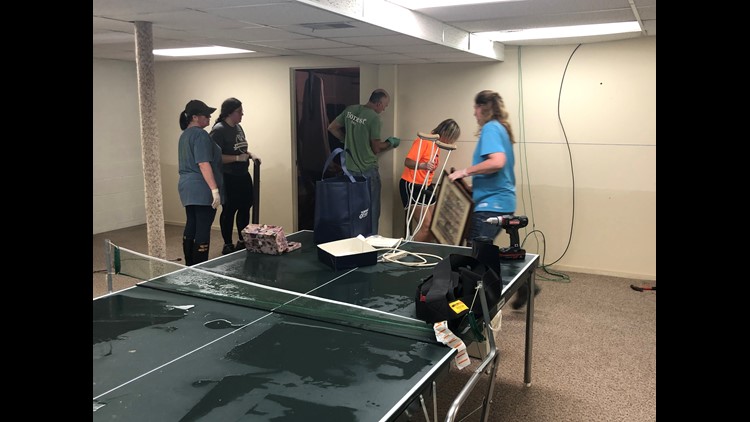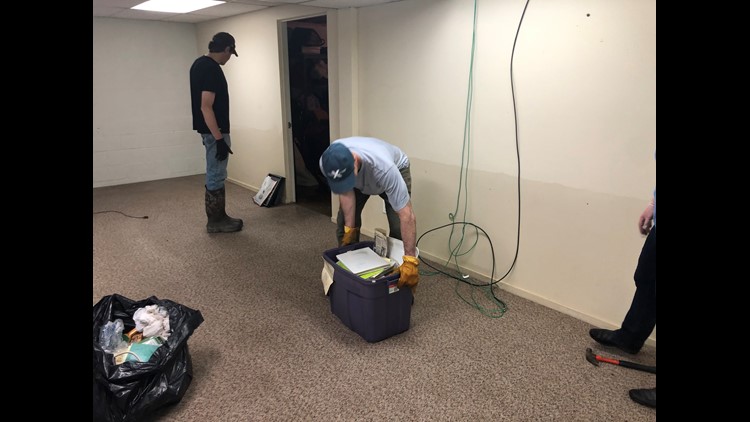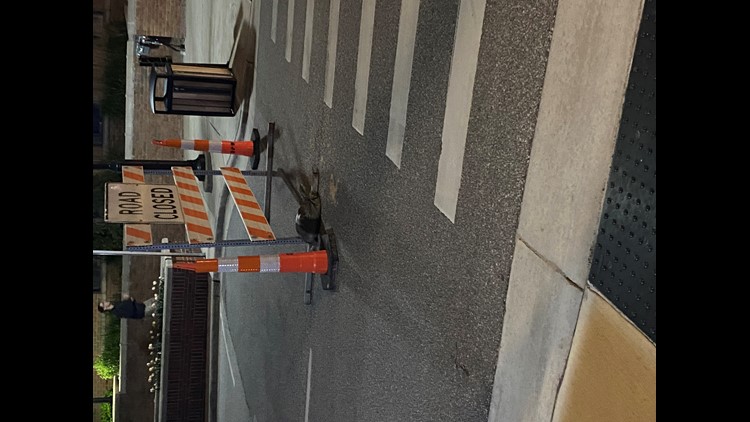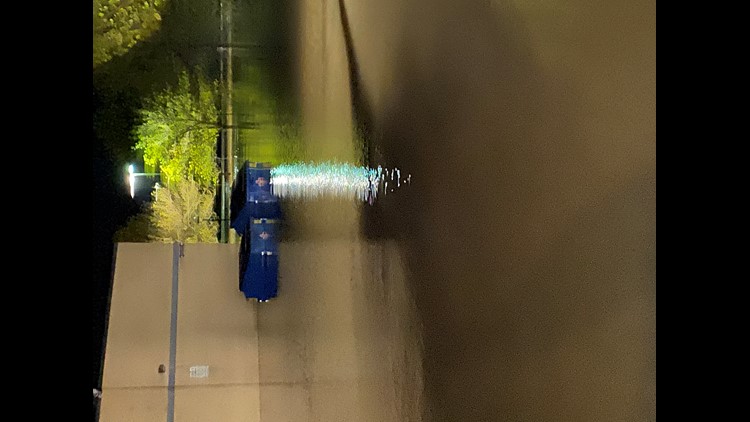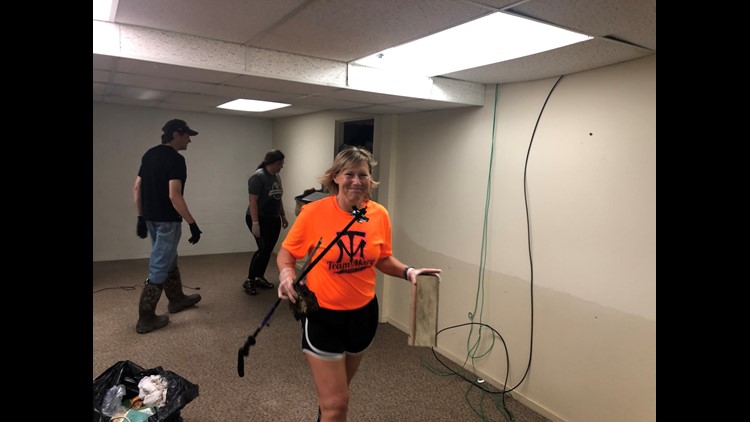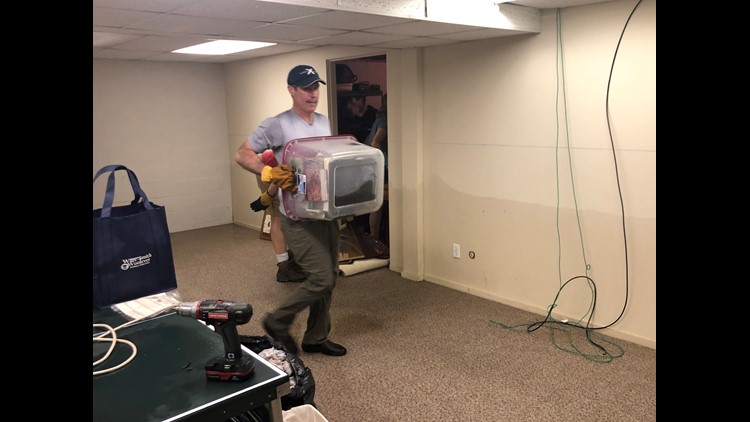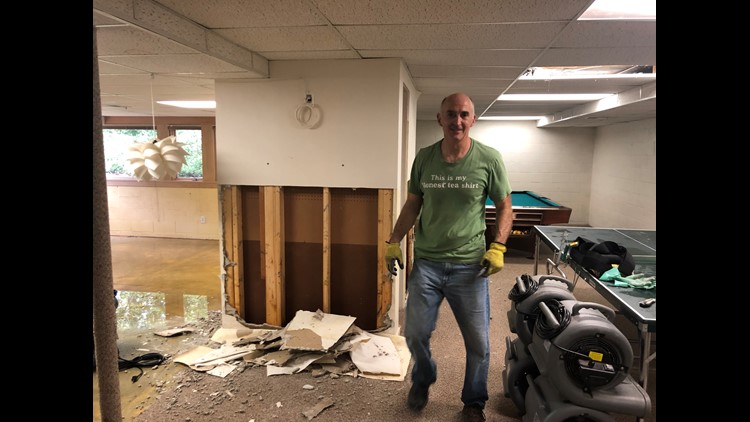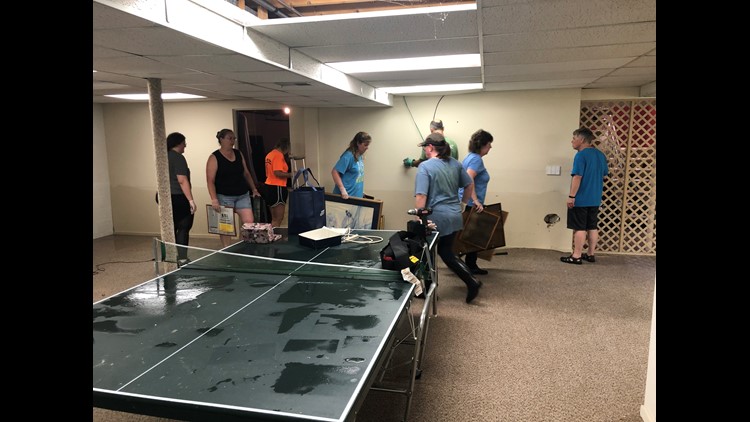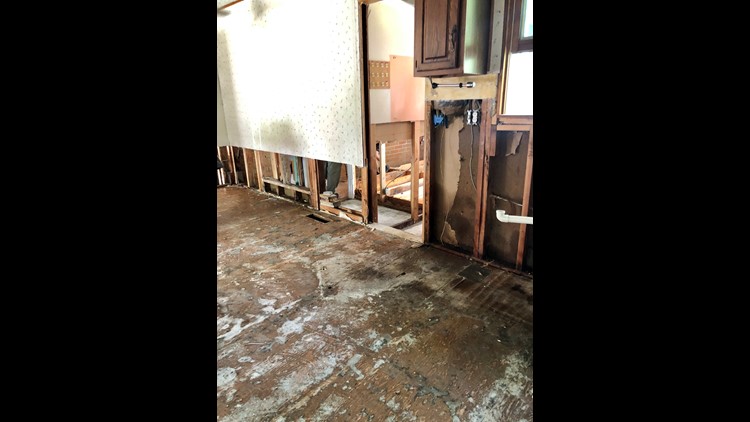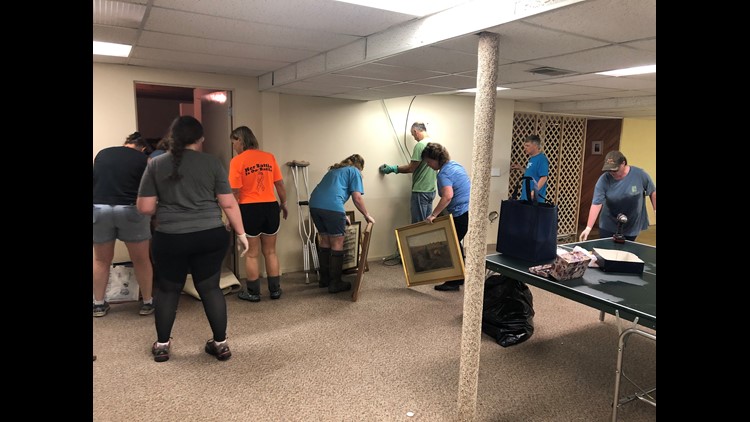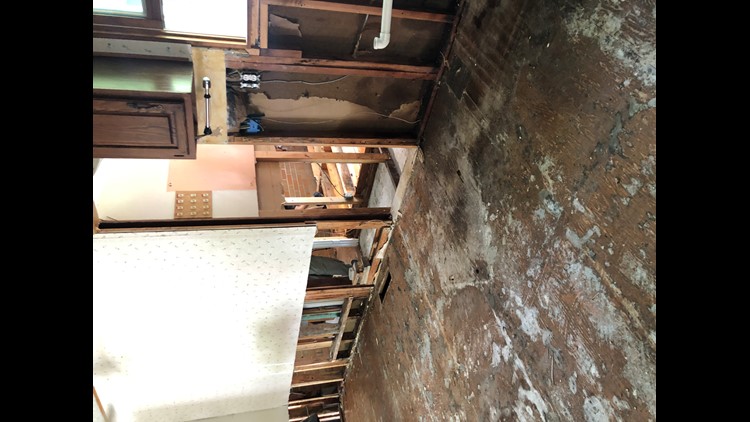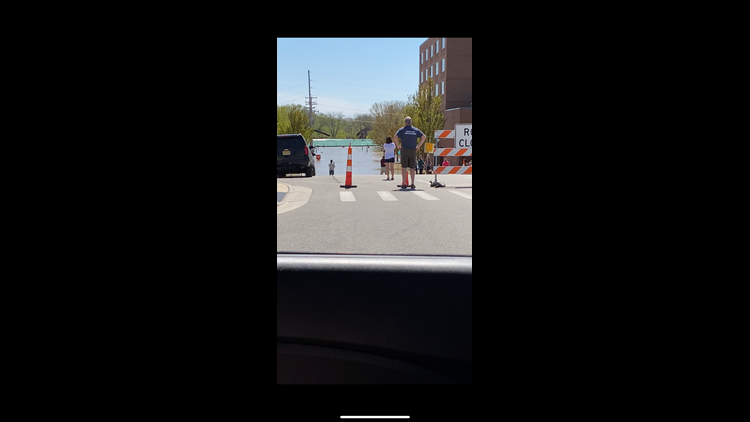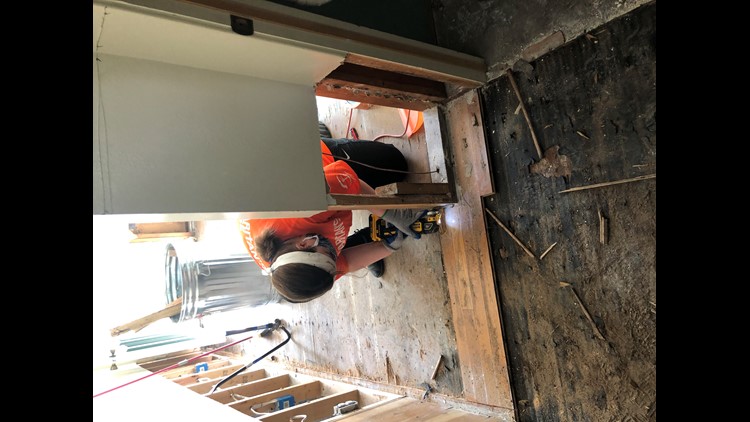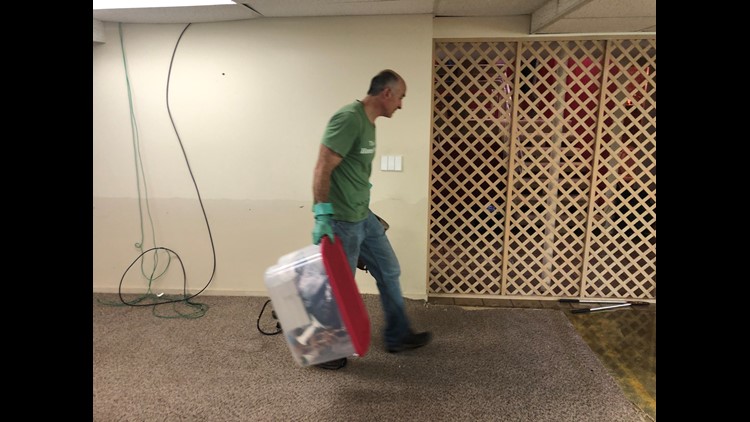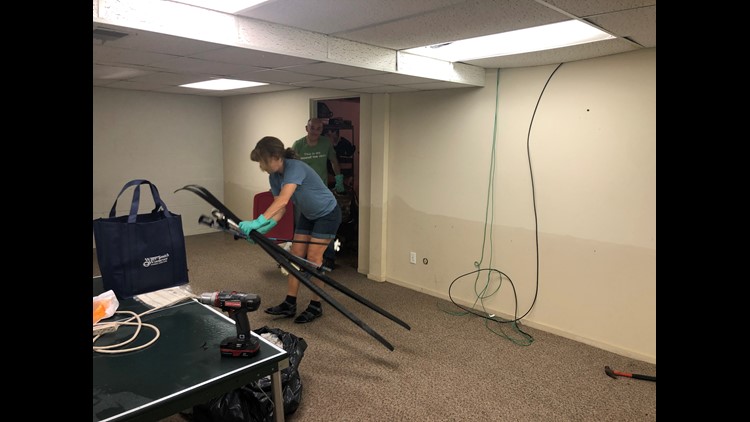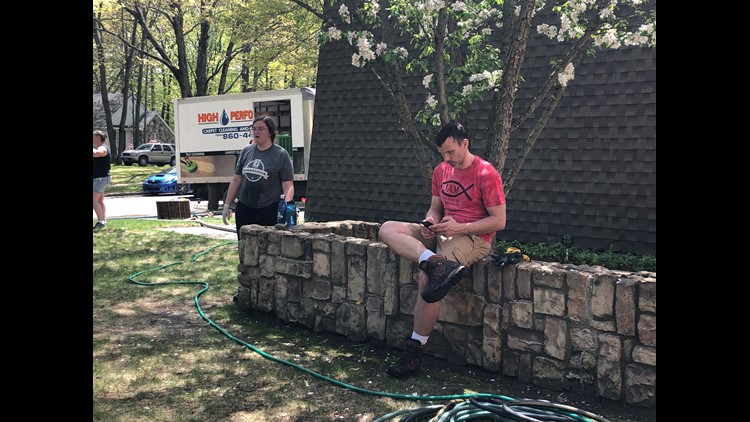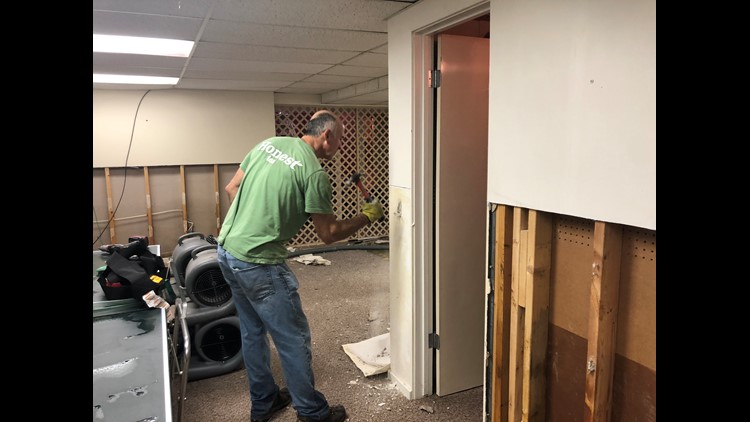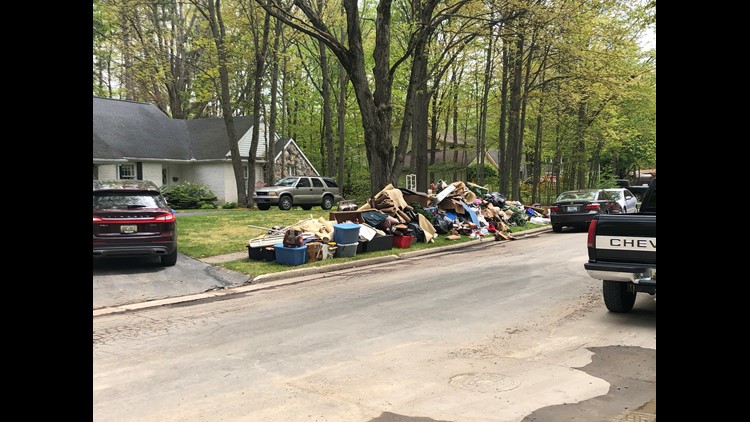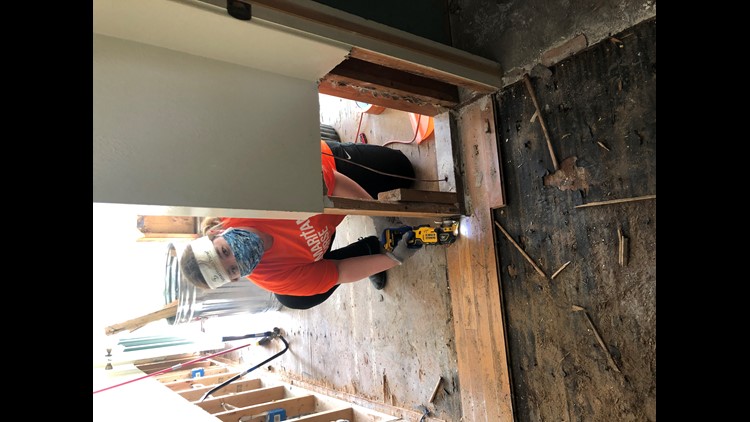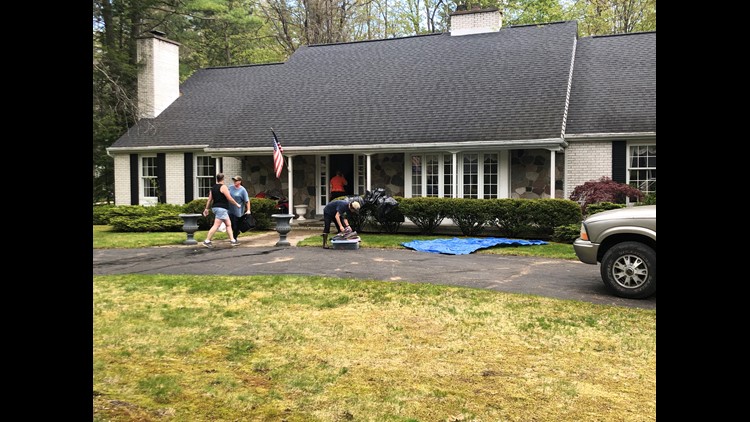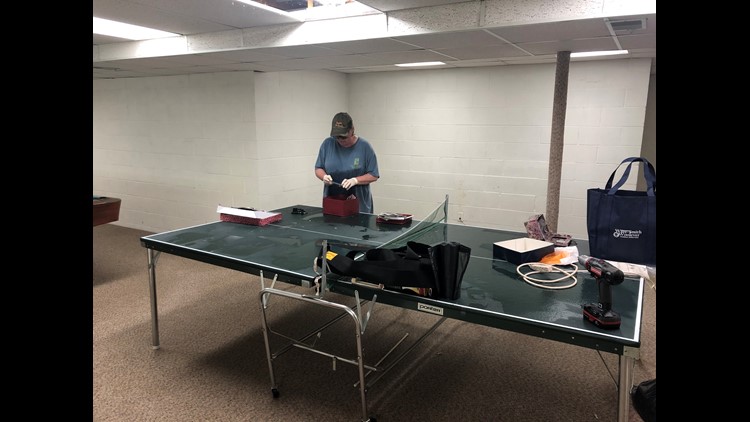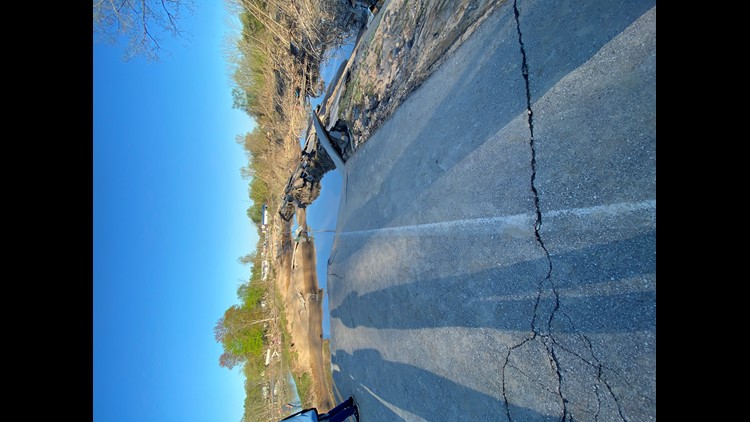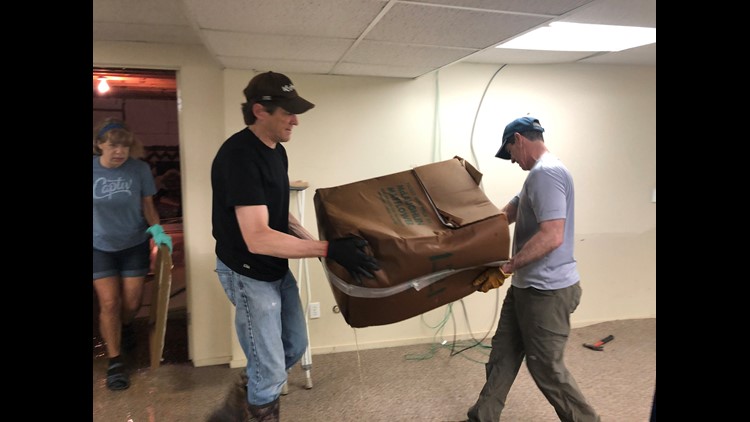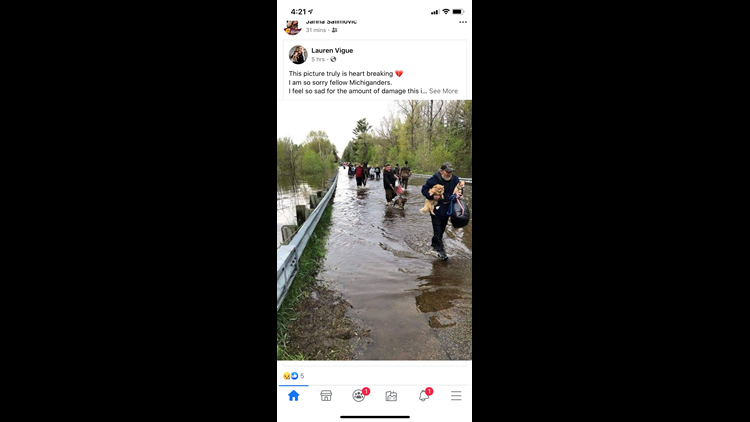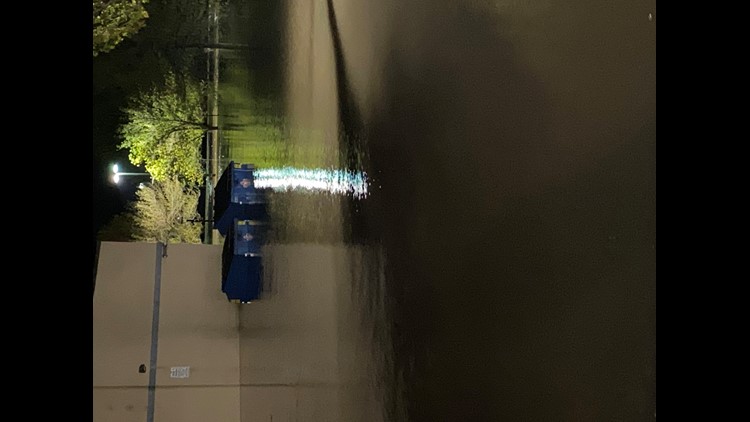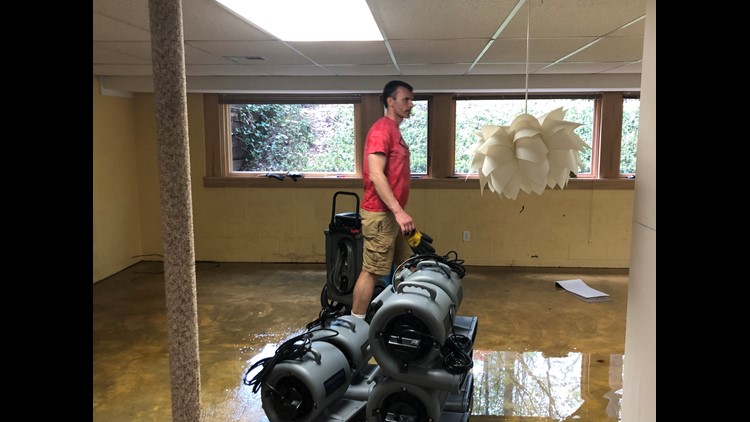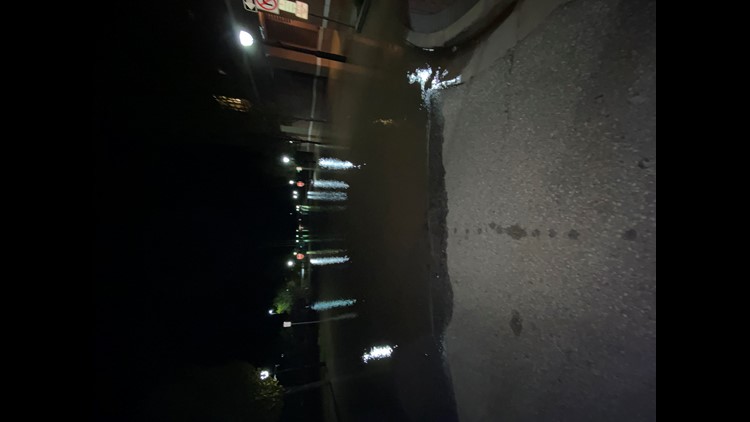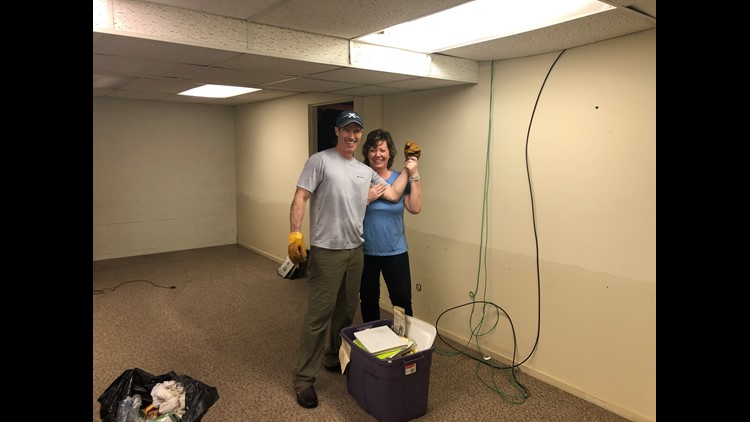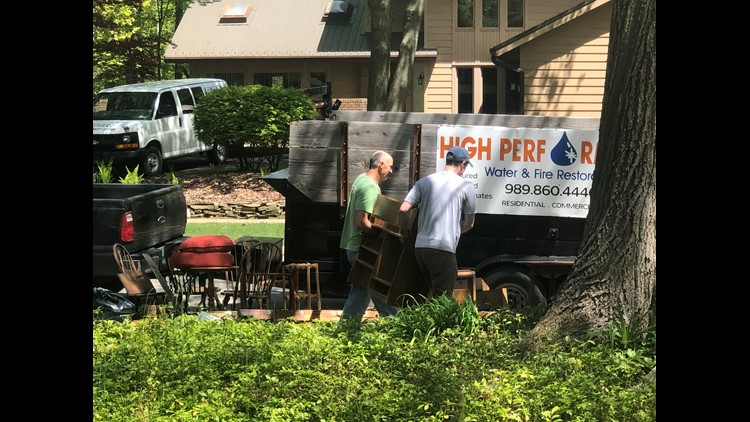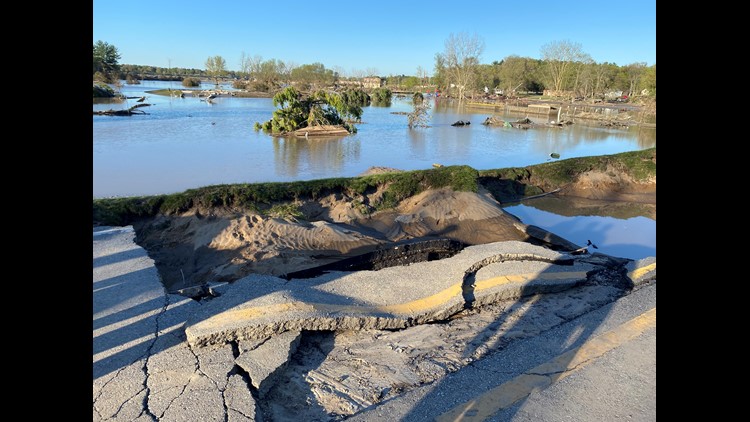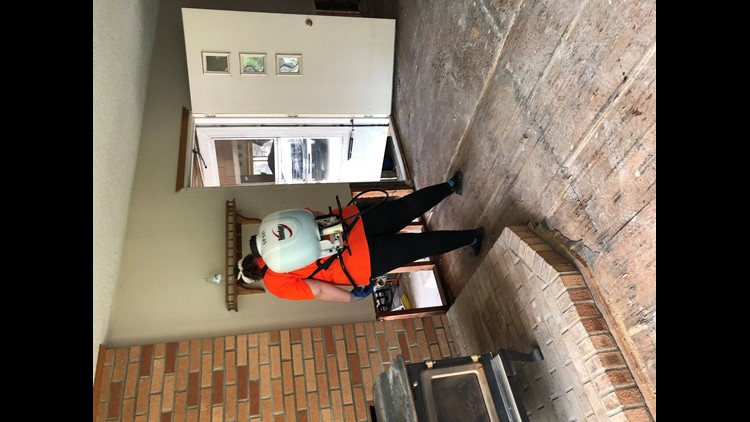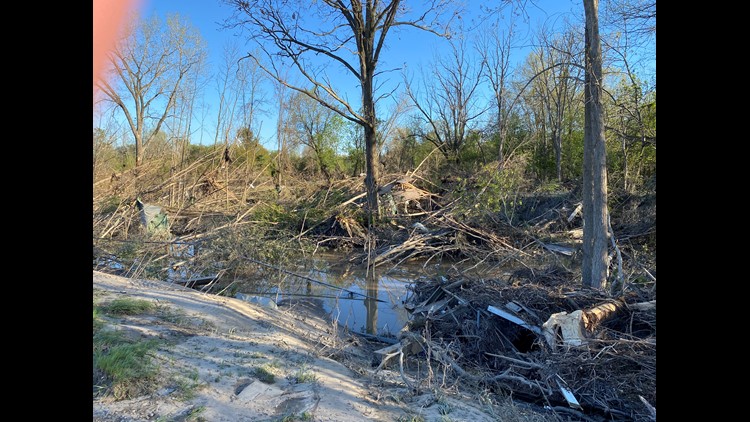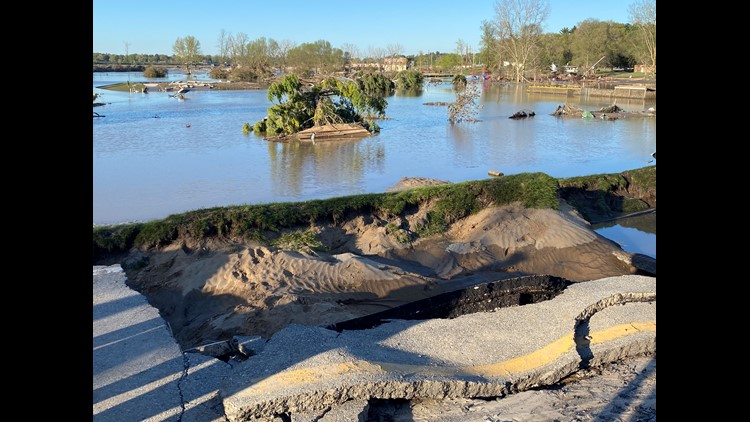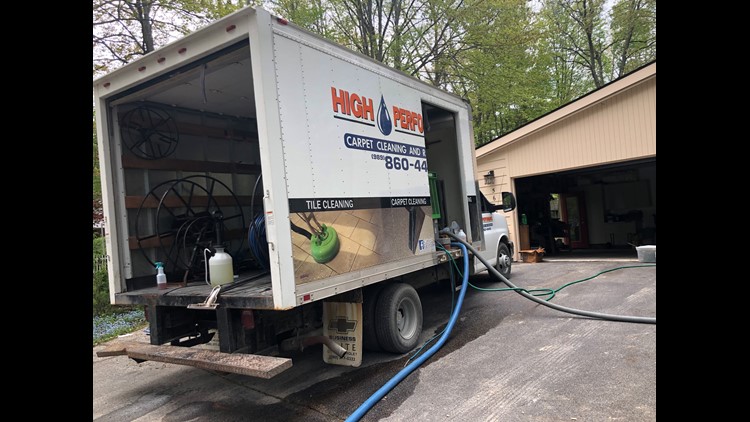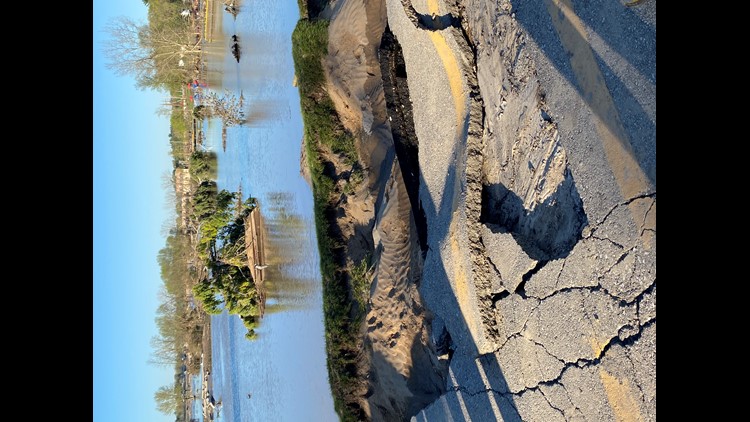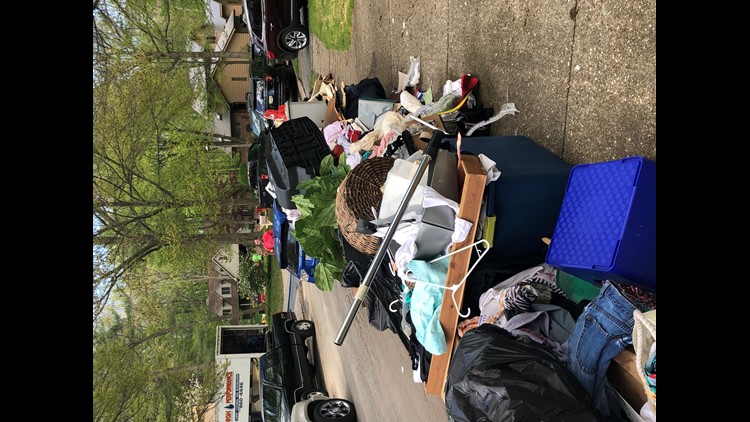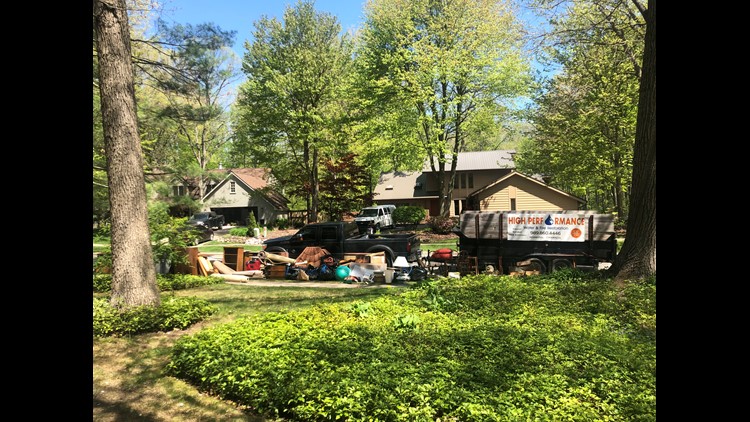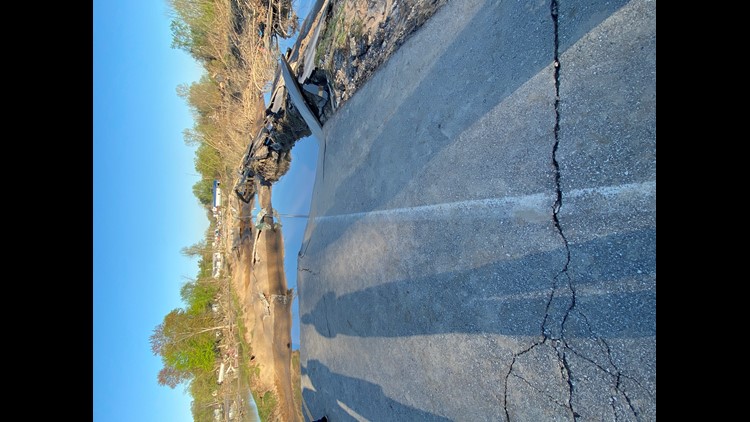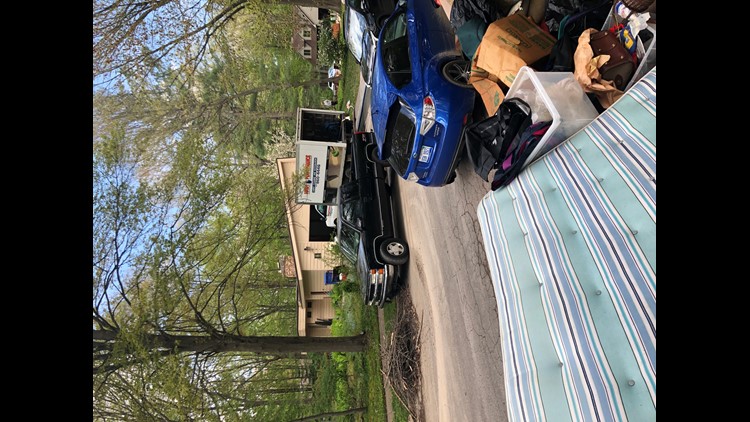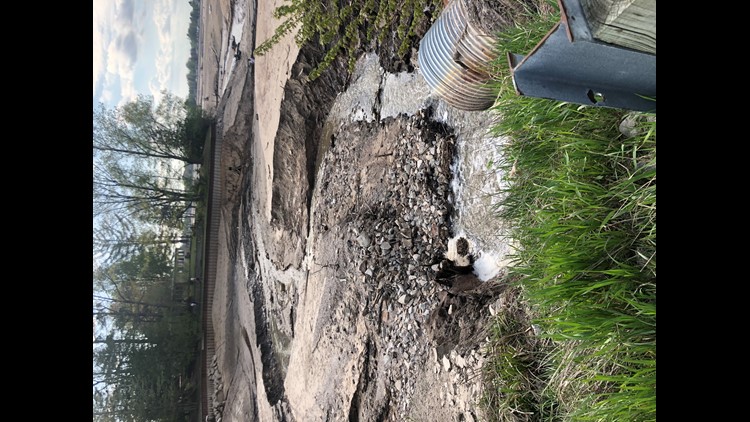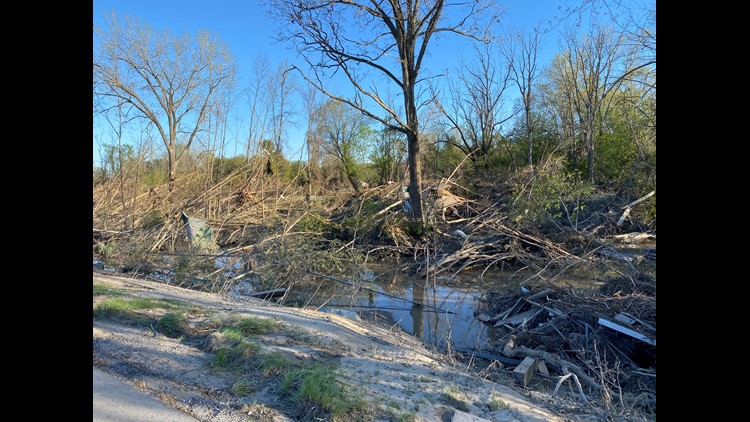NEWAYGO COUNTY, Mich. — Historic rain flooded mid-Michigan over a 48-hour period in May 2020 causing the embankment at the Edenville Dam to collapse leading to the evacuation of several thousand people from areas along the Tittabawassee River.
The dam's failure sent a 20-feet high wall of water rushing downriver, destroying homes and bridges resulting in $250 million in damages.
The dam's failure was an eye-opening event for residents in Midland County and a reminder for emergency managers in West Michigan.
The Emergency Management Departments in both Newaygo and Muskegon counties have elaborate evacuation plans for flooding along the Muskegon River. A section of the emergency manual is dedicated to the possibility of a "dam failure" at either the Hardy or Croton Dams.
The Hardy Dam went into service in 1931 and is one of the largest earthen dams east of the Mississippi River. The 114-year-old Croton Dam is a short distance downriver from the Hardy Dam.
The dams are among several in Michigan owned and operated by Consumers Energy and licensed by The Federal Energy Regulatory Commission. The FERC requires monthly, quarterly and annual inspections of the dams and additionally every five years an independent firm completes and audit of the Hardy and Croton Dams and Consumers Energy's safety plans for both structures.
"We believe that if you keep up with the maintenance and the investment that they can run for a long time," said vice president for Generation Operations and Compression at Consumers Energy John Broschak during a May visit to the Hardy Dam.
The Hardy dam impounds a reservoir with a surface area of 4,000 acres. The dam's embankment is 114-feet tall, more than twice the size of the embankment in Edenville that gave out one year ago.
Broschak says Consumers Energy operators at both the Hardy and Croton dams perform visual inspections on a daily basis. Operators are looking for anything that's abnormal and could be a sign of a problem. The company also relies on a network of monitoring instruments placed all around the dams providing real-time data 24/7.
"Our monitoring instrumentation allows us to understand what's going on under the ground," said Broschak. "We understand the potential consequences."
Consumers Energy is preparing to invest hundreds of millions of dollars into the auxiliary spillway at the Hardy Dam. Design and engineering for the project is underway and construction dates may be announced later in 2021.
"That auxiliary spillway is very important to make sure that with high rain flow we can protect the public by being able to pass the water without any impact to the dam itself," said Broschak.
The project will also widen the two-lane road that crosses over the Hardy's embankment and include improvements to the pedestrian walkway making it safer for hikers and bikers to cross the dam.
"We're very very fortunate we have a community partner that owns and operates the dams," said Newaygo County Emergency Manager Abby Watkins.
Every August and December Newaygo County Emergency Services and Consumers Energy test warning sirens for the Hardy and Croton dams.
The sirens can also send out a loud voice message with instructions in the event of a dam failure. The annual test in August includes emergency teams role-playing the critical first-hour response.
"We want everybody to know where to go and what to do because seconds count," said Watkins.
Watkins says hydrologists have made estimates of how fast water would rush down the Muskegon River and what the damage might look if the Hardy Dam ever failed.
"It's going to eat and destroy anything in its path," said Watkins. "There would be catastrophic loss downstream,"
Newaygo and Muskegon counties would likely loose the ability to use every single bridge crossing from the Hardy Dam out to Lake Michigan either due to damage or flooding. Without bridge crossings police, fire, and EMS service in Newaygo and Muskegon counties would have difficulty responding to emergencies. "In some cases it's going to be over 100-miles to get from one side to the other," said Watkins.
Infrastructure like water, gas and sewer lines would also be ripped open.
To plan and prepare for the possibility of the Hardy Dam failing emergency planners use an estimated timeline of the rush of water thru Newaygo and Muskegon counties.
- Flooding would begin in areas near Croton five minutes after the Hardy Dam failed and the community could be under 50-feet of water with flow volumes over 1 million cubic feet per second.
- 40-feet of flooding would reach the Devil's Hole neighborhood 20-minutes later with .
- Significant flooding would reach areas near the city of Newaygo 60 minutes after the Hardy failed.
- Muskegon County's Maple Island bridge would be under water 10 hours later.
- Followed by flooding of low areas around US-31 out to the Muskegon Lake Channel 12 hours later.
- Much of downtown Muskegon would be flooded, including areas near Bear Lake and the city's Pere Marquette Beach.
Residents who live along the Muskegon River can sign up for the free warning system that would be used in case of an emergency involving the Hardy or Croton dams or flooding along the river.
Midland Flooding
►Make it easy to keep up to date with more stories like this. Download the 13 ON YOUR SIDE app now.
Have a news tip? Email news@13onyourside.com, visit our Facebook page or Twitter. Subscribe to our YouTube channel.

